
Choices matter, even small ones. I too am concerned about the state of the environment and climate change. I sort my trash, recycle cardboard and glass bottles.
People are increasingly environmentally conscious and are looking for ecological alternatives, including in clothing. However, many people do not think that environmental friendliness is much more than just a green label attached to clothing. The environmental impact of products should include the entire manufacturing process and life cycle from start to finish. Unfortunately, measuring this impact is still in its infancy.
The food industry, transport and housing are the sectors that have the greatest impact on the environment in the world. The clothing industry has the fourth largest carbon footprint.
In marketing, ecological marketing is used as a selling point too much and even misleadingly. In fact, there is no truly green product yet, as all manufacturing processes consume energy. For example, growing cotton requires a huge amount of water.
Medanta's ecological approach is above all about making long-lasting clothing from high-quality raw materials. Through years of product development, we have created flexible and technical materials that can withstand years of hard professional use and industrial washing time and time again.
We produce approximately 200,000 meters of our own fabrics per year, which is just the amount our customers need. The factories sign up to Medanta's principles of good cooperation and business practices. The aim of the guidelines is to secure not only workers' rights but also the well-being of the environment. For example, we require that fabric factories have proper water treatment plants.
The environmental impact of transportation can be minimized with good planning. From the factories, our fabrics go directly to the clothing manufacturing companies, who in turn often send the finished garment batch directly to our customers.
Easy care is also ecological. Medanta clothes dry quickly and do not need to be ironed. This also saves energy.
70,000 tons of textile waste are generated in Finland each year. 14 percent of clothing is recycled and 30 percent is reused. Our largest customers are the laundries of hospital districts. When the clothes of patients and nursing staff reach the end of their lives, they can be used as energy in a waste incineration plant or, for example, as a binder in asphalt production.
A few years ago, the layout of the doctor's gowns we ordered went a little wrong. We recycled the fabrics to a vocational school in Tampere, where the students made them into fun bags and works of art. Some of the materials ended up as an installation on the wall of our office.
At Medanta, we collaborate with various research institutes and are involved in developing clothes to be even more ecological and intelligent. Climate change and sustainable raw materials are global megatrends. That's why we have assembled an international team of experts to develop our materials with environmental impact in mind.
There is a lot of development buzz in Finland. In the future, I expect a lot from the utilization of wood fibers as a material for textiles. There is already a completely biodegradable material in product development. That has the ingredients for a new rise in the entire Finnish textile industry.

Medanta's ecological approach is to make clothes that will last for years from high-quality raw materials.

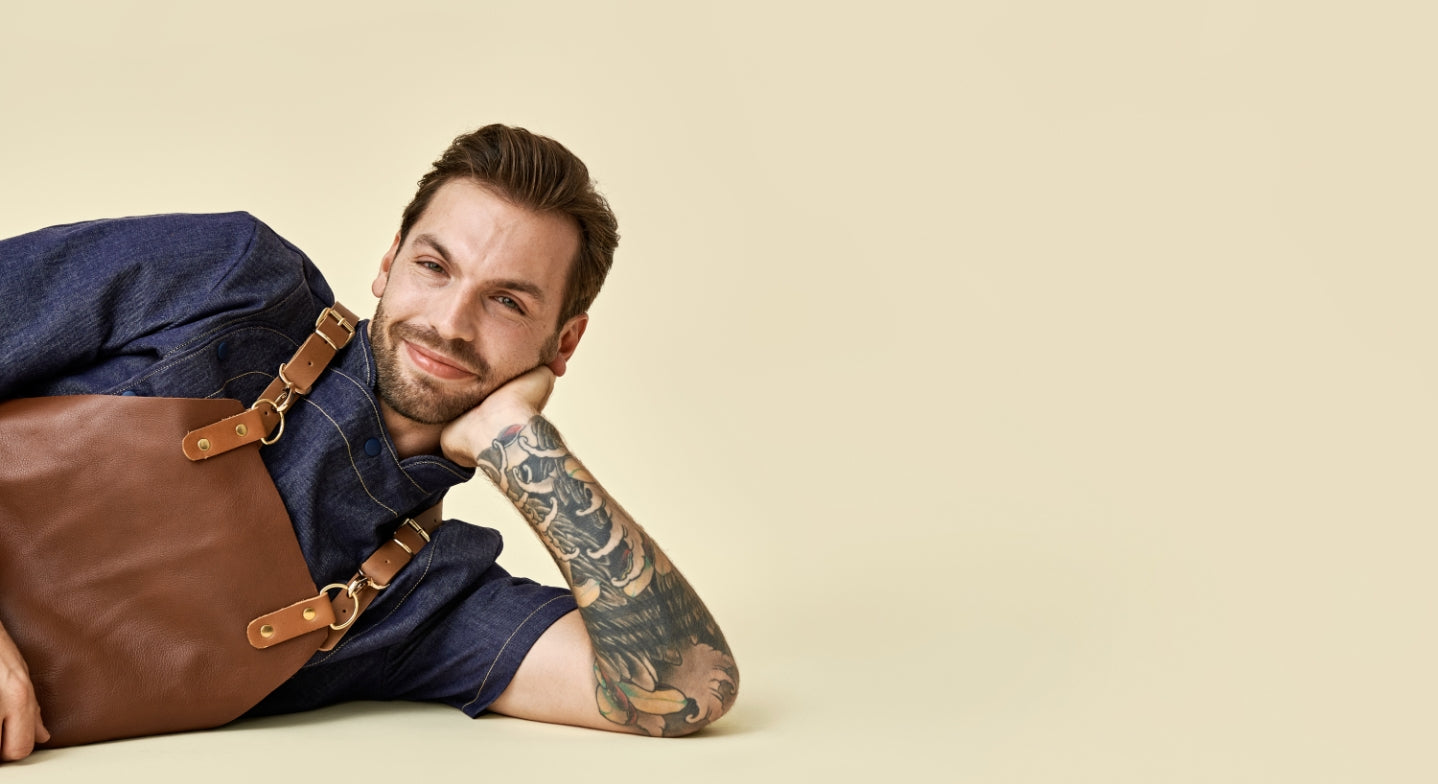


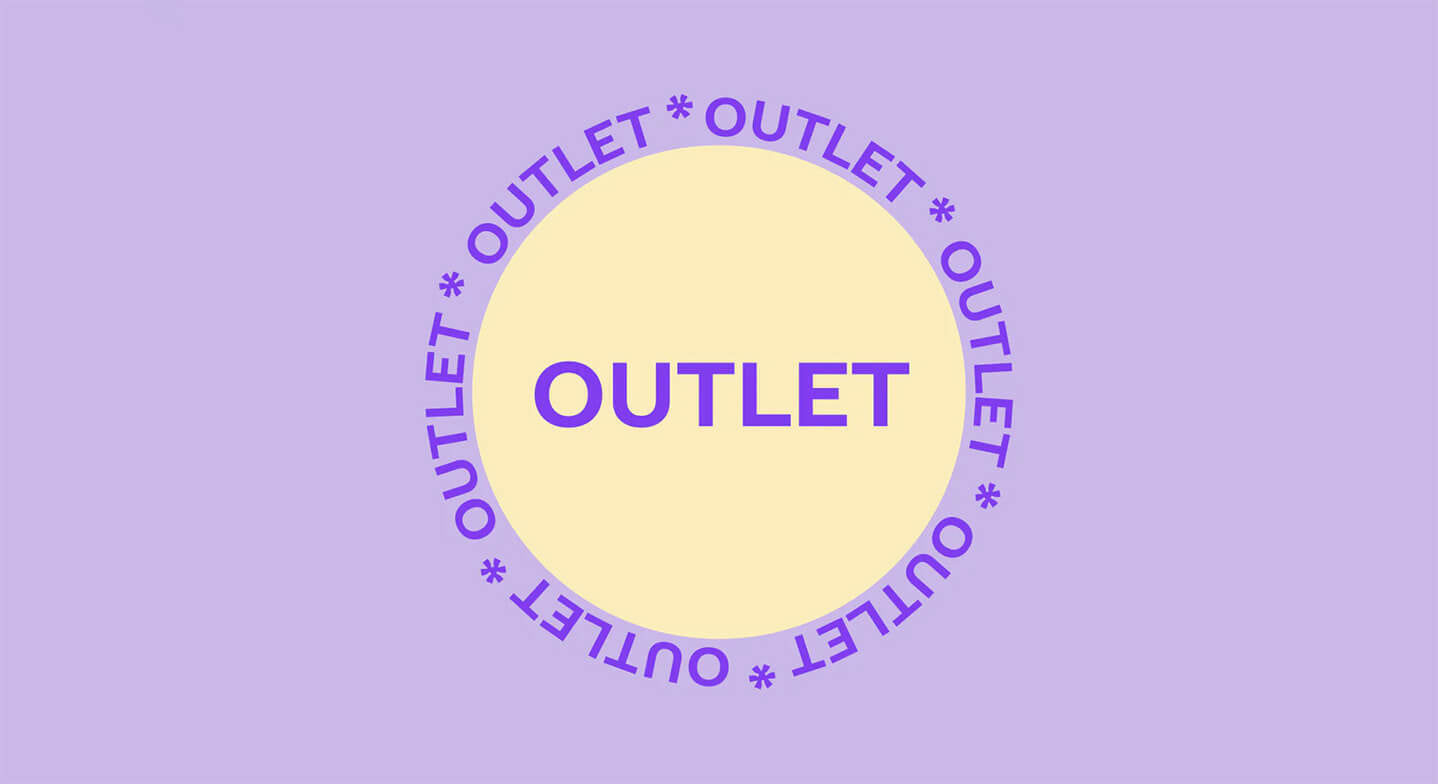

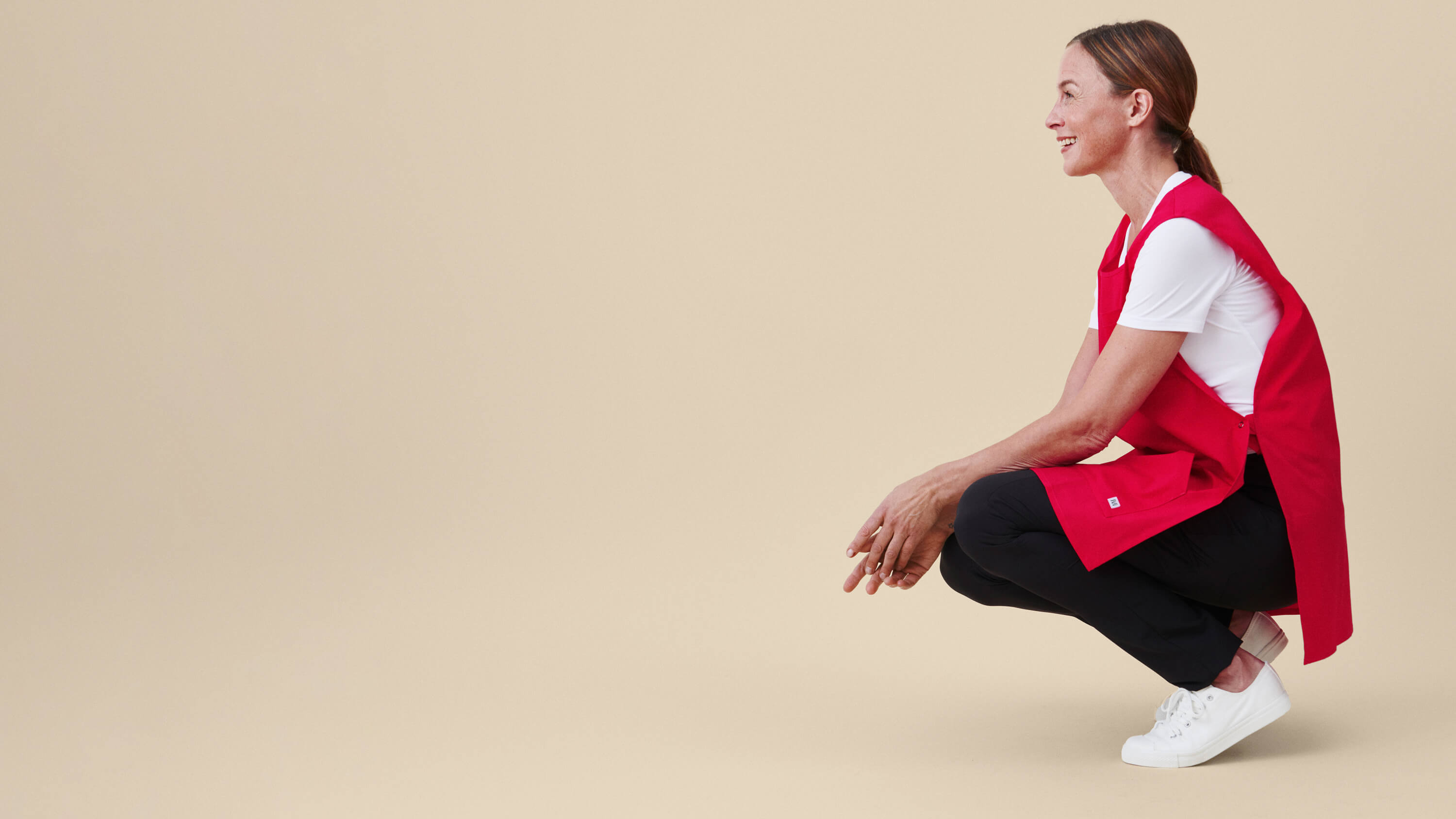


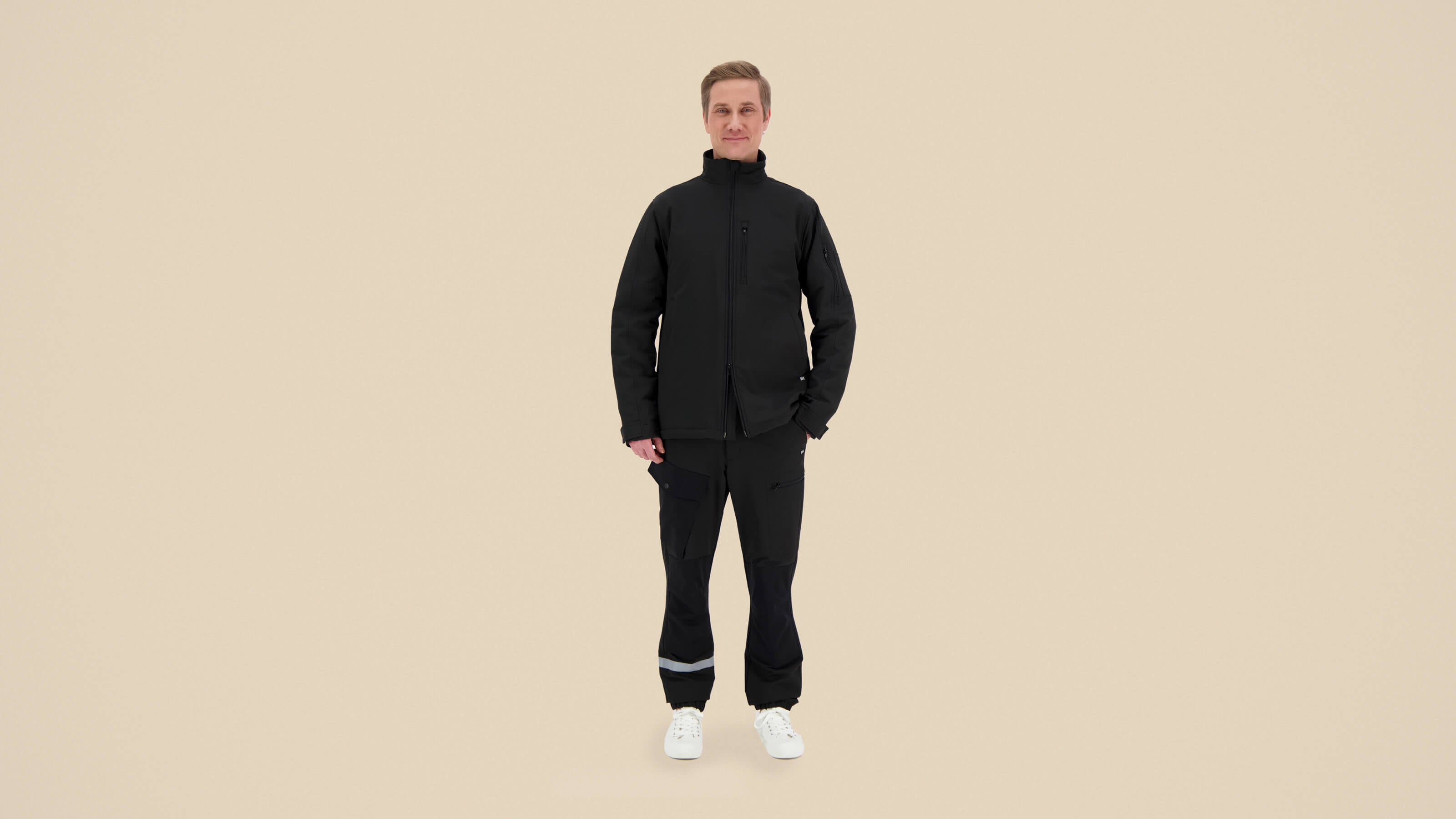
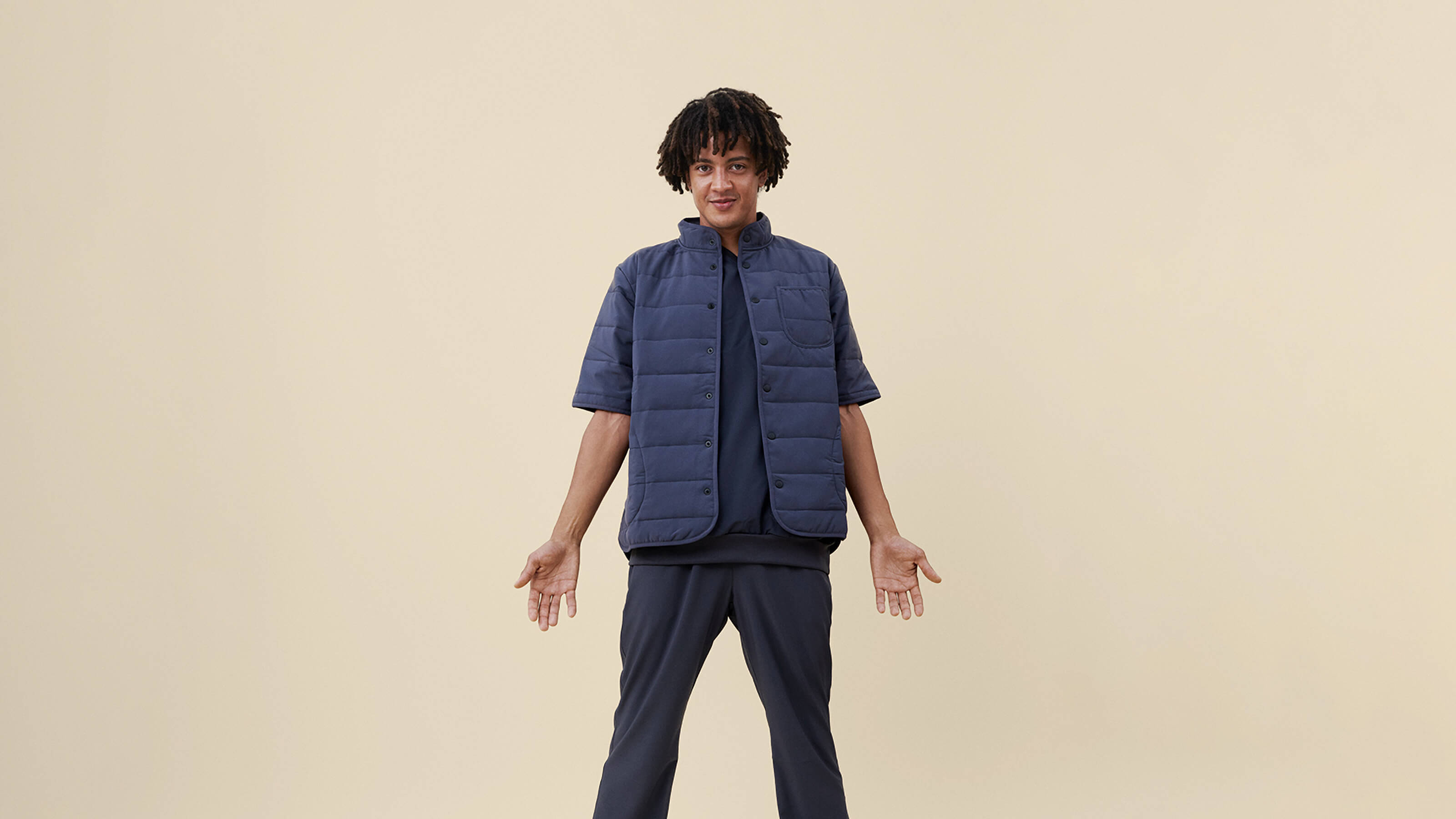
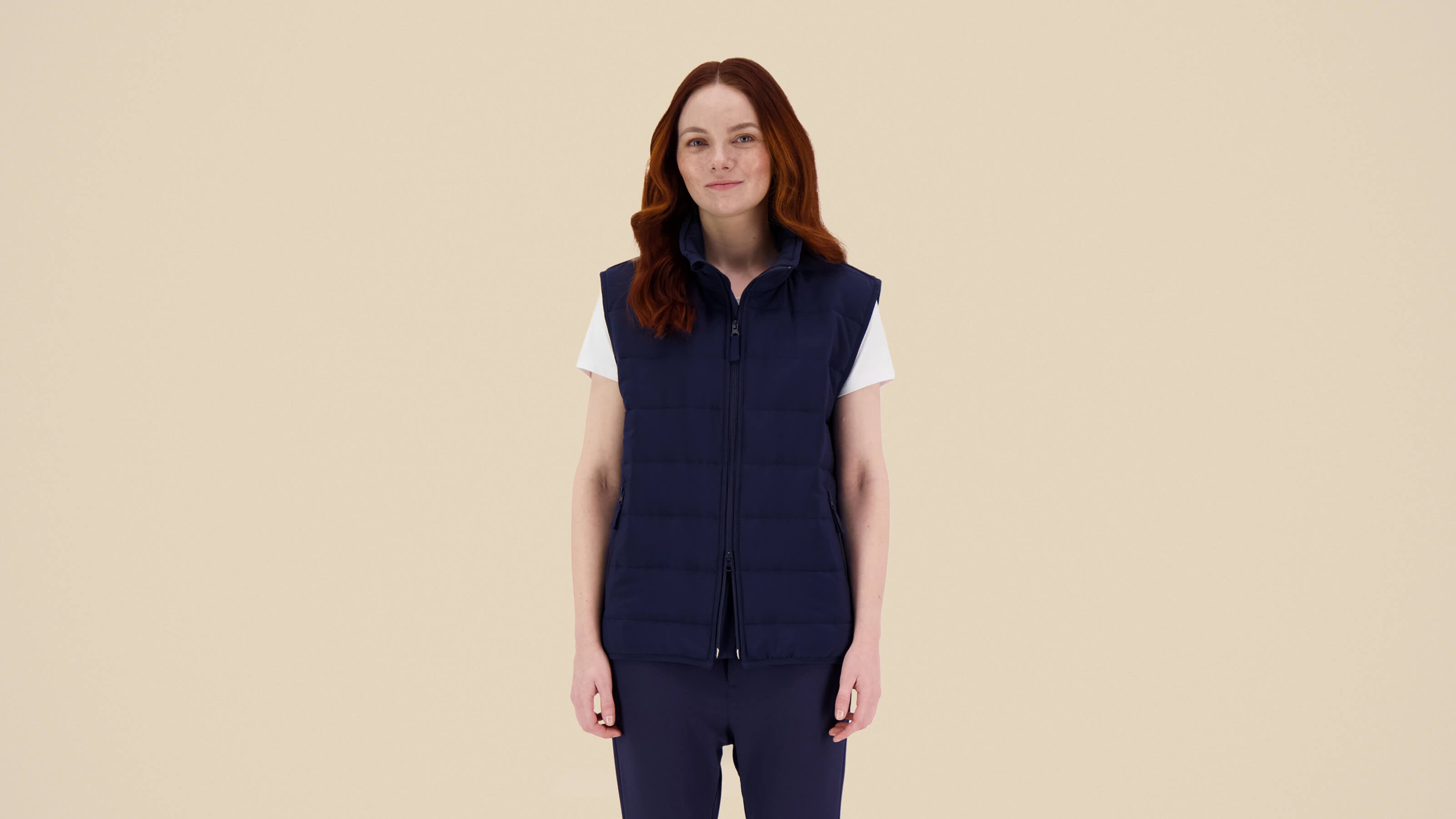


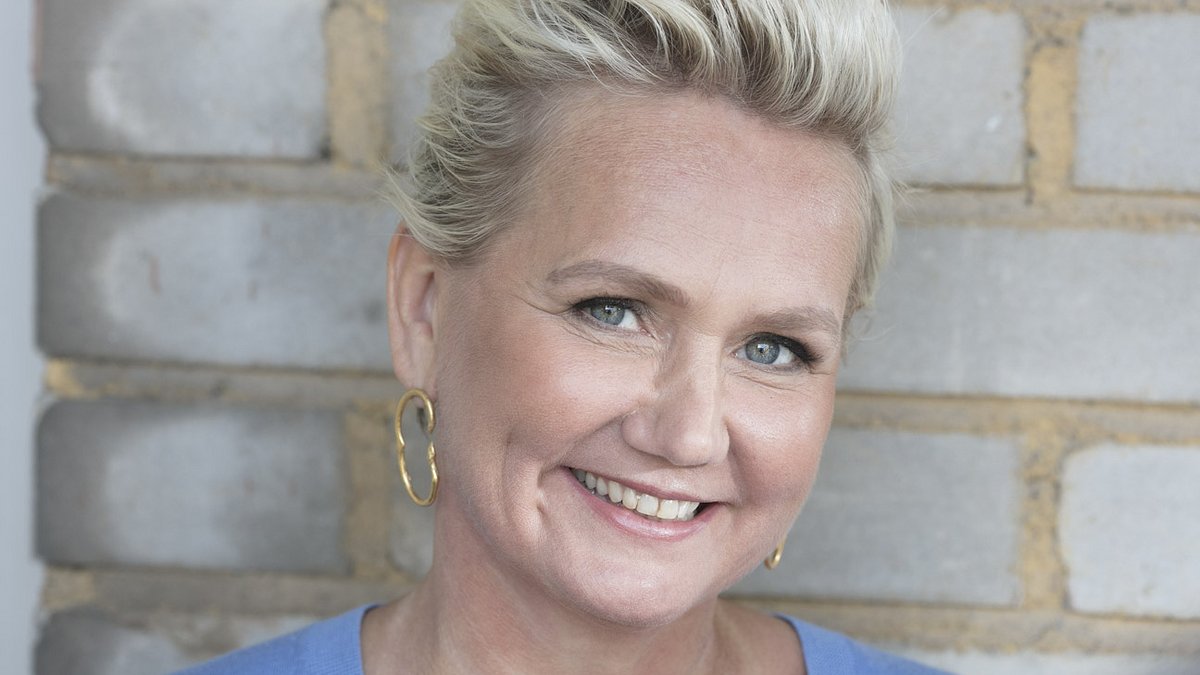

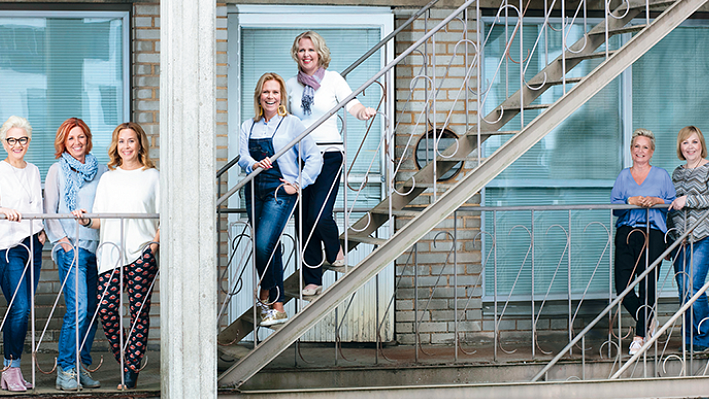
Leave a comment
This site is protected by hCaptcha and the hCaptcha Privacy Policy and Terms of Service apply.